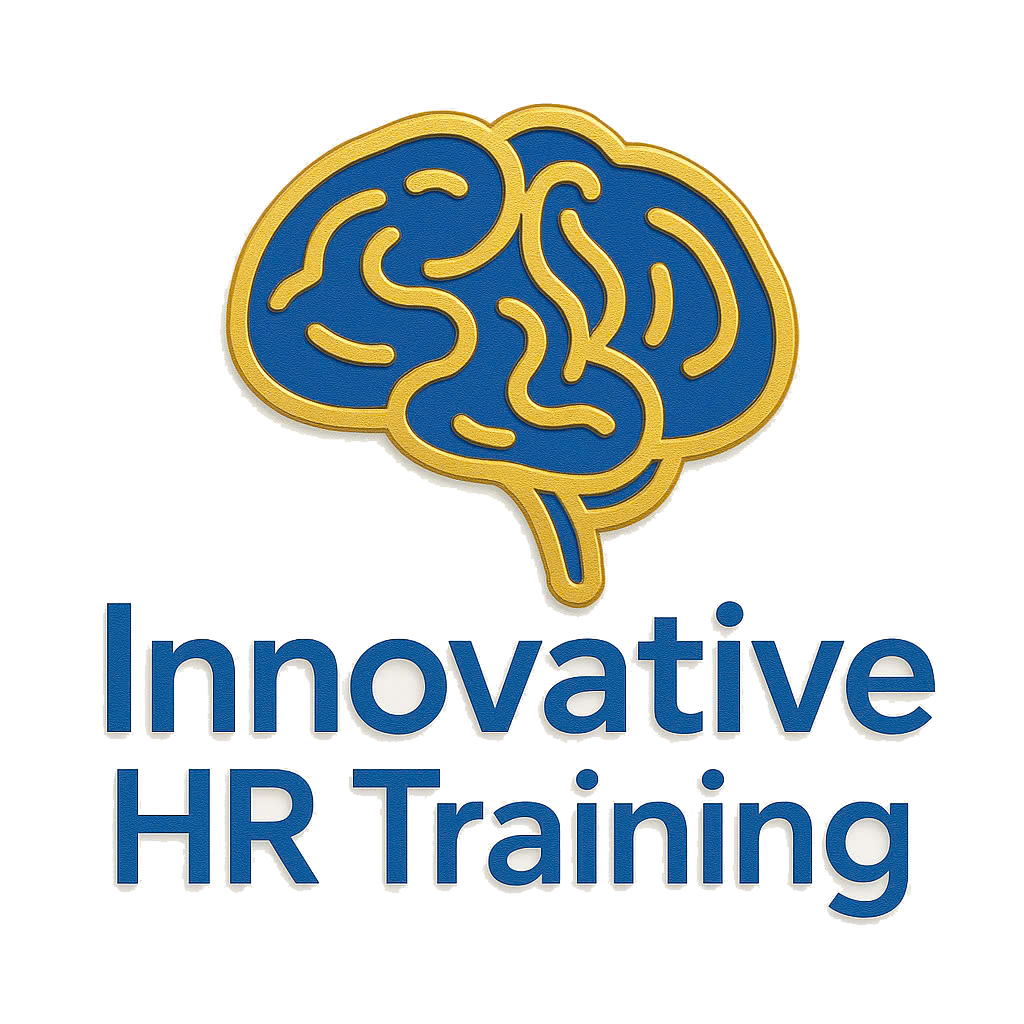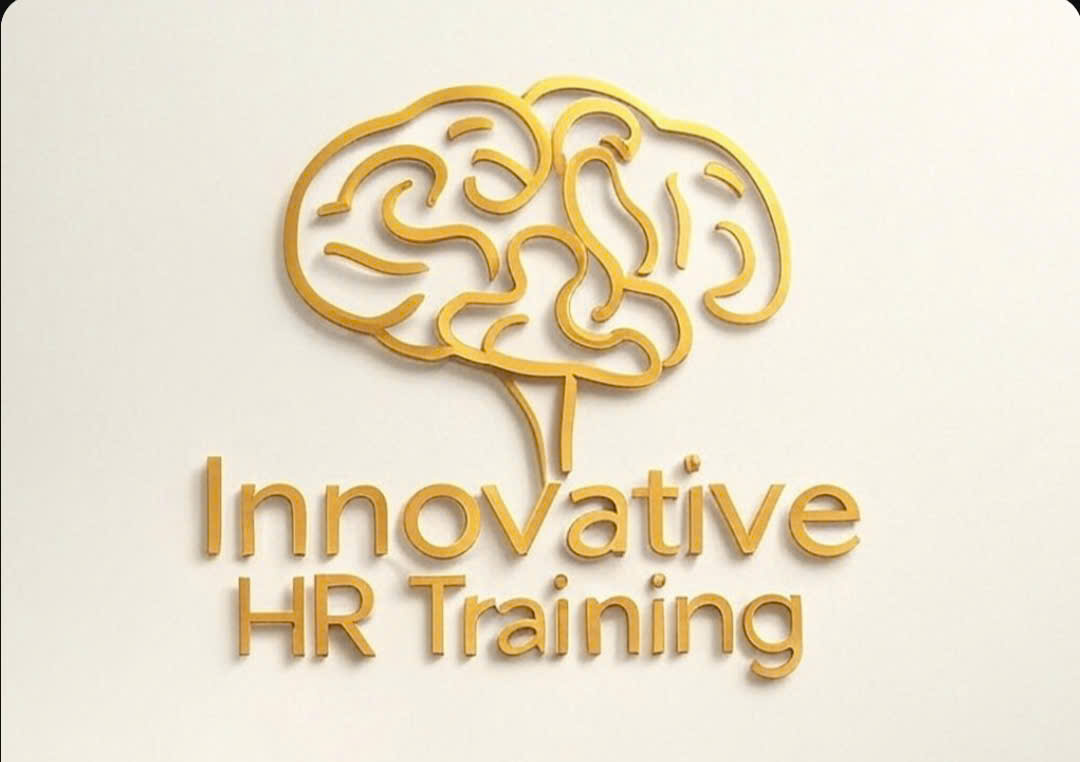I THEORY
Purpose: Helps students grasp basic knowledge of labor safety risk management in school.
-
- Grasp general knowledge of the OSH legal system such as: Rights and obligations of employers and employees; OSH policies and regimes for workers; Basic knowledge about dangerous and harmful factors in the workplace and methods to improve working conditions; Functions and tasks of the hygiene safety network,…
- Understand requirements for labor safety and hygiene in the workplace: Work processes and specific requirements for OSH in the workplace.
- Concepts of risk
- What is the hazard?
- Common hazards
- Hazard classification
- Hidden danger
- Line of fire
- Warning of dangers
- Incidents, accidents, near-misses
- What are risks?
- What is a dangerous event?
- What is the likelihood (L) of happening?
- How to calculate L according to matrix
- What is the consequence (C)?
- How to calculate C according to the matrix
- Evaluate R using matrix 5
- Assess the level of risk?
- Examples of Risk levels
- Identify hazards and risks
- Concept
- Cause of accident
- Where to find the danger?
- Know the 6 most important risk areas in schools:
- Physical risks in park areas, stairs and other places
- Physical risks in sports areas
- Physical risks in school canteens
- Social-emotional risks in the playground
- Social-emotional risks in the bathroom area
- Social-emotional risks in social networks
- Know the most important risk areas in schools for office staff
- Risk of slipping, falling, tripping
- Risk of electric shock
- Gas poisoning
- Risk of lung cancer due to asbestos
- Reduced vision due to computer screens
- Risk of bone, joint and spine diseases
- Risk of eye disease
- Fire and explosion safety risk
- Risk of infectious diseases
- Risk of respiratory disease
- Risk of Stress
- Elevator for high-rise buildings
- High-rise apartment windows or balconies
- Wrong posture
- Tobacco
- Risk assessment
- Calculate risk
- Compare with allowed risk
- Risk handling strategies
- Risk control
- Concepts related to risk management
- Ways to reduce risks
- Residual risks (residual)
- Acceptable risk – ALARP
- Risk control measures
- New method of calculating RLC points
- Risk management models
- Risk assessment and management model
- Stop, think, act
- Zero accident program; Safety first
- Safety management model
- Bowtie analysis
- Swiss cheese model
- Monitoring and reporting
- Supervision skills
- Reporting skills
- Safety culture
- What is the hazard?
II. PRACTICE
Purpose: Helps students practice labor safety risk management skills in school.
-
- Practice safety risk assessment in the workplace
- Practice risk management
III. DISCUSSION
IV. TAKE THE FINAL TEST




